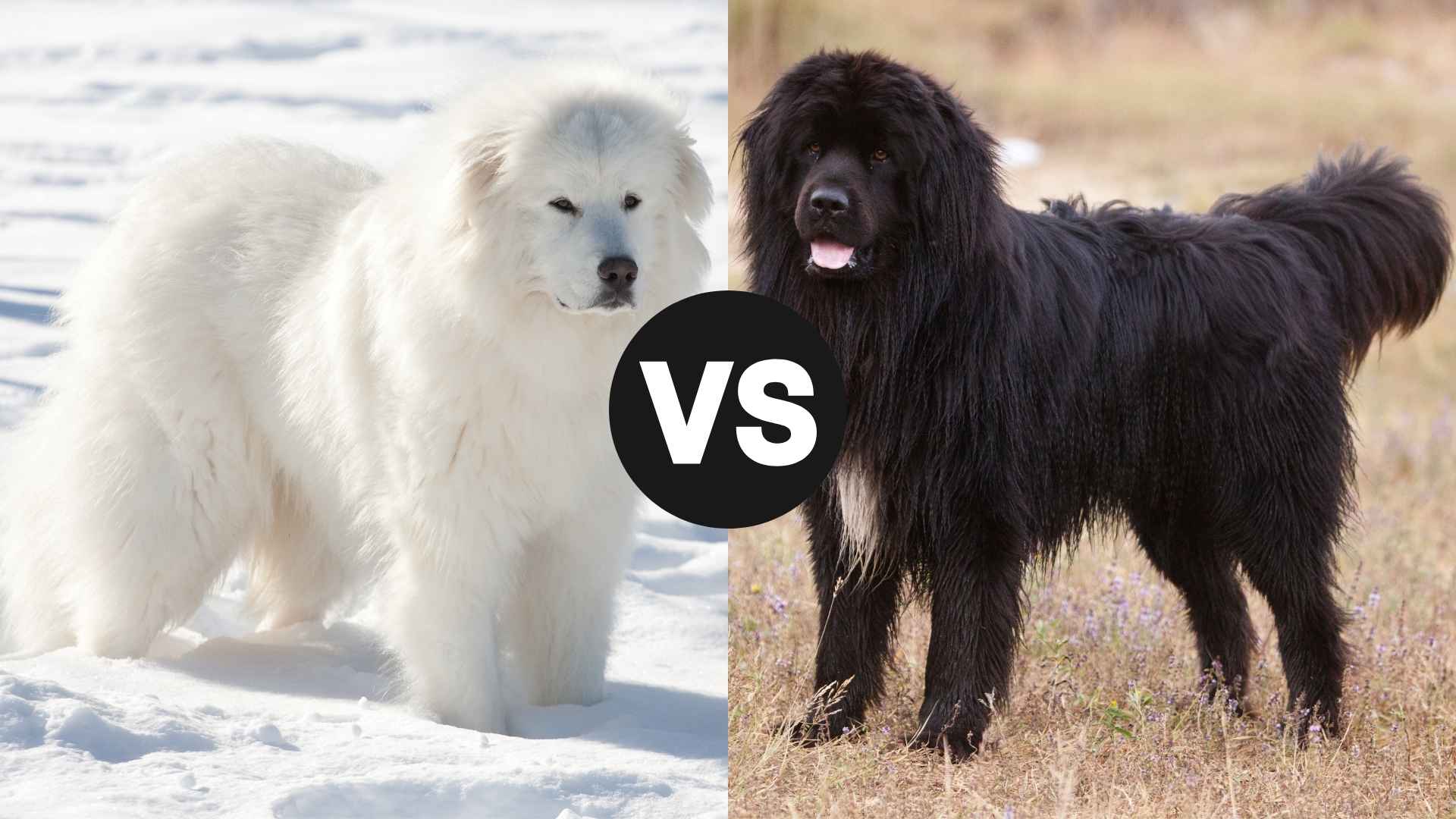If you’re looking for a large, affectionate, and devoted dog, both the Great Pyrenees and Newfoundland are excellent choices. These gentle giants share several similarities, but they also have distinct differences that set them apart. While the Great Pyrenees is a natural protector with an independent streak, the Newfoundland is a friendly, people-oriented breed known for its sweet and affectionate nature.
Choosing between these two breeds requires careful consideration of their personality, training needs, exercise requirements, health, diet, grooming, and lifespan. Each dog is suited to a different type of owner, and understanding their unique traits can help you make the best decision for your home.
Great Pyrenees vs. Newfoundland: Quick Comparison
|
Category |
Great Pyrenees |
Newfoundland |
|---|---|---|
|
Personality |
Independent, protective |
Friendly, affectionate |
|
Training |
Stubborn, requires patience |
Highly trainable |
|
Exercise Needs |
Moderate |
High |
|
Health Issues |
Joint problems, bloat |
Heart disease, joint problems |
|
Diet |
Moderate eaters |
Higher calorie needs |
|
Grooming |
Moderate maintenance |
High maintenance |
|
Lifespan |
10-12 years |
8-10 years |
Now, let’s dive deeper into what makes each of these breeds unique.
Great Pyrenees vs. Newfoundland: Personality
A dog’s personality is a key factor in determining whether they will fit into your home and lifestyle. While both the Great Pyrenees and Newfoundland are intelligent, affectionate, and gentle, their temperaments differ significantly due to their historical roles.
Great Pyrenees: Independent and Protective
The Great Pyrenees was bred as a livestock guardian dog, meaning they are naturally protective and highly independent. According to the AKC, the Great Pyrenees was designed to think for itself while guarding flocks in remote mountain regions. This independent nature means they do not always seek out human attention and may appear aloof at times.

However, they form strong bonds with their families and will protect them fearlessly. They are particularly gentle with children but can be reserved with strangers. Because of their protective instincts, early socialization is crucial to prevent them from becoming overly territorial.
Key Traits of a Great Pyrenees:
Highly independent – Prefers making decisions on their own rather than following commands blindly.
Loyal but not overly needy – They love their families but do not demand constant attention.
Natural guardians – Protective and watchful, making them excellent watchdogs.
Quiet but serious – They are not highly playful but have a calm and steady demeanor.
Newfoundland: Friendly and Affectionate
In contrast, the Newfoundland is a social, loving, and affectionate breed that thrives on human interaction. Newfoundlands were bred as water dogs to work alongside humans, assisting fishermen with water rescues and pulling heavy loads. As a result, they are naturally eager to please and highly trainable.
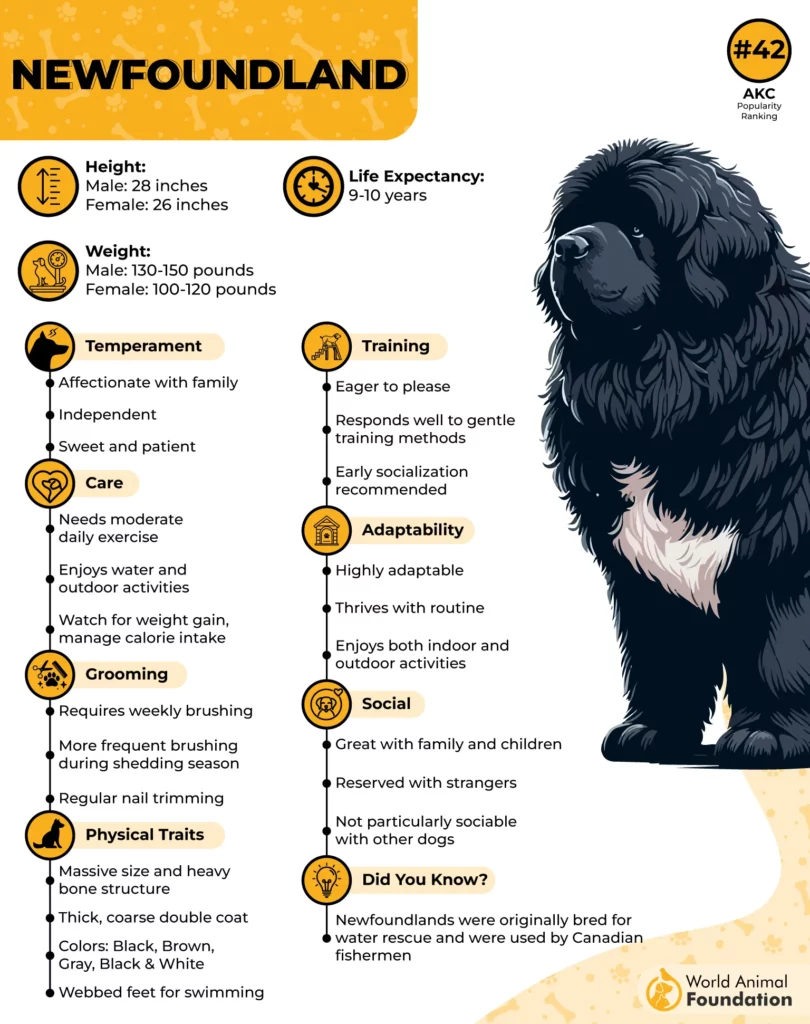
Newfoundlands are often referred to as “nanny dogs” because of their gentle nature with children. Britannica states that they are patient, loving, and highly social, making them excellent companions for families. Unlike the Great Pyrenees, they welcome strangers and are rarely aggressive. However, their friendly nature makes them less suited as a guard dog since they are more likely to greet an intruder with a wagging tail rather than a bark.
Key Traits of a Newfoundland:
Highly social – Thrives on human companionship and enjoys meeting new people.
Affectionate and loving – They crave attention and are happiest when surrounded by family.
Eager to please – Responds well to training and enjoys learning new tasks.
Gentle and patient – Especially good with children and other pets.
Great Pyrenees vs. Newfoundland: Training and Exercise
Training Stubborn vs. Eager to Please
Training a Great Pyrenees requires patience and consistency due to their independent nature. Because they were bred to work alone, they are not as responsive to commands as other breeds. This does not mean they are not intelligent—rather, they tend to weigh decisions on their own rather than blindly obeying. Owners must use firm, consistent training and start socialization early to prevent stubborn behavior.
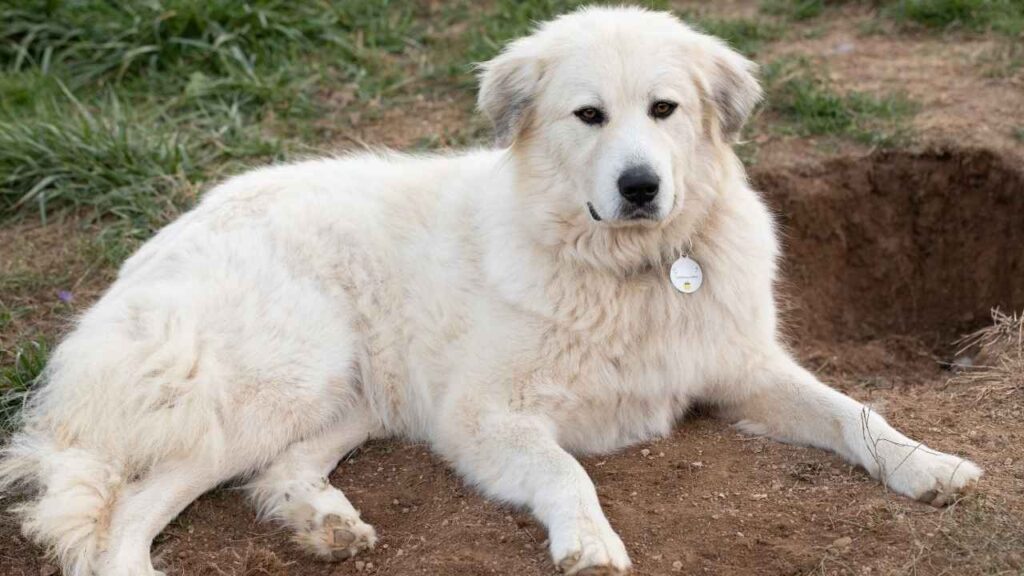
Newfoundlands, on the other hand, are eager to please and respond well to positive reinforcement. They are known for their intelligence and obedience, making them much easier to train than the Great Pyrenees. Their love for people and willingness to learn make them an excellent choice for first-time dog owners.
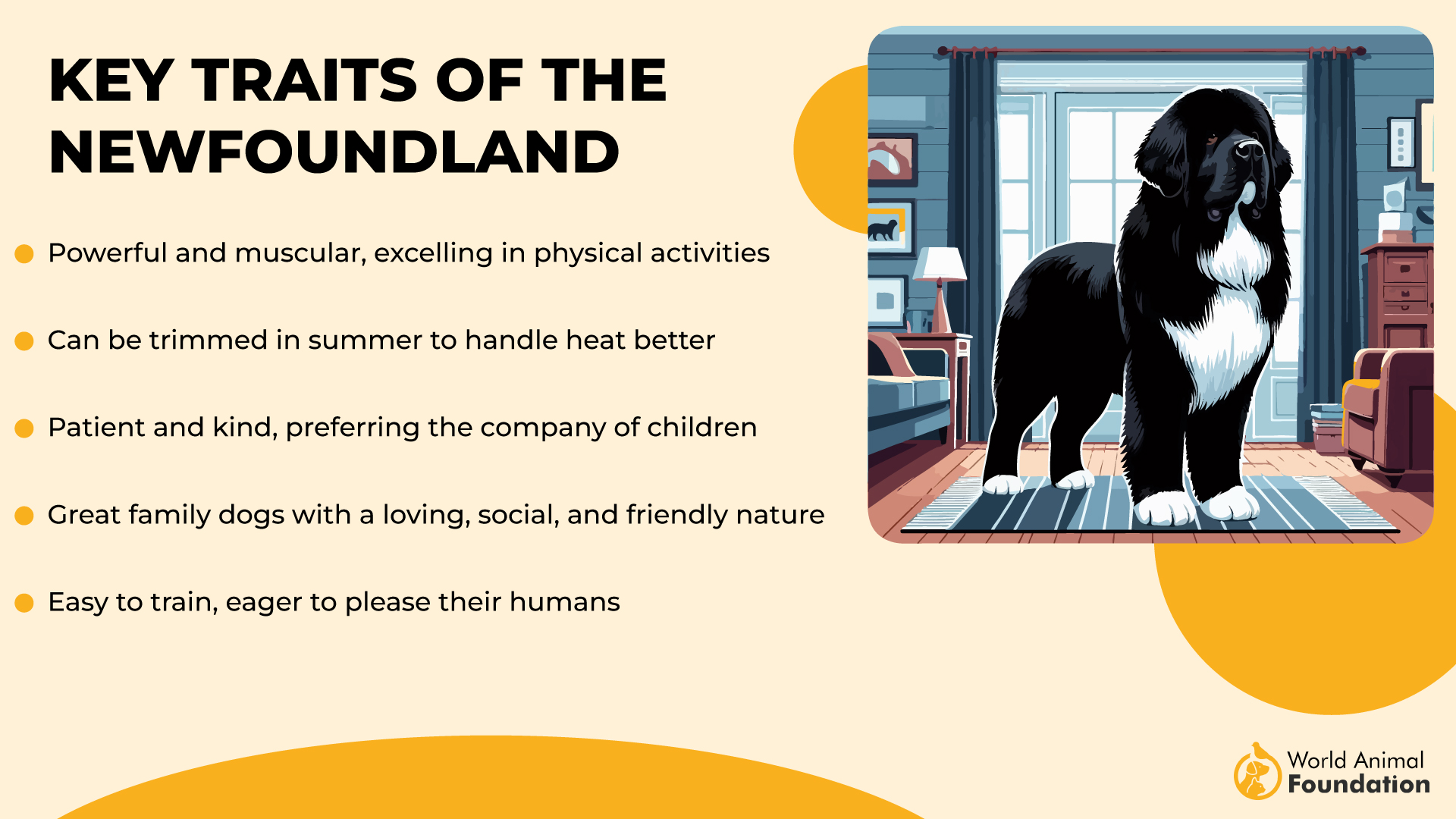
Training Overview:
Great Pyrenees – Requires firm, consistent training; can be stubborn.
Newfoundland – Highly trainable and eager to please; responds well to commands.
Exercise Needs: Moderate vs. High
Both breeds require regular exercise, but their energy levels differ.
The Great Pyrenees is a moderate-energy breed that enjoys long walks but does not require vigorous exercise. They are happiest when they have a yard to patrol and a job to do, such as guarding livestock. However, they are not very playful or energetic.
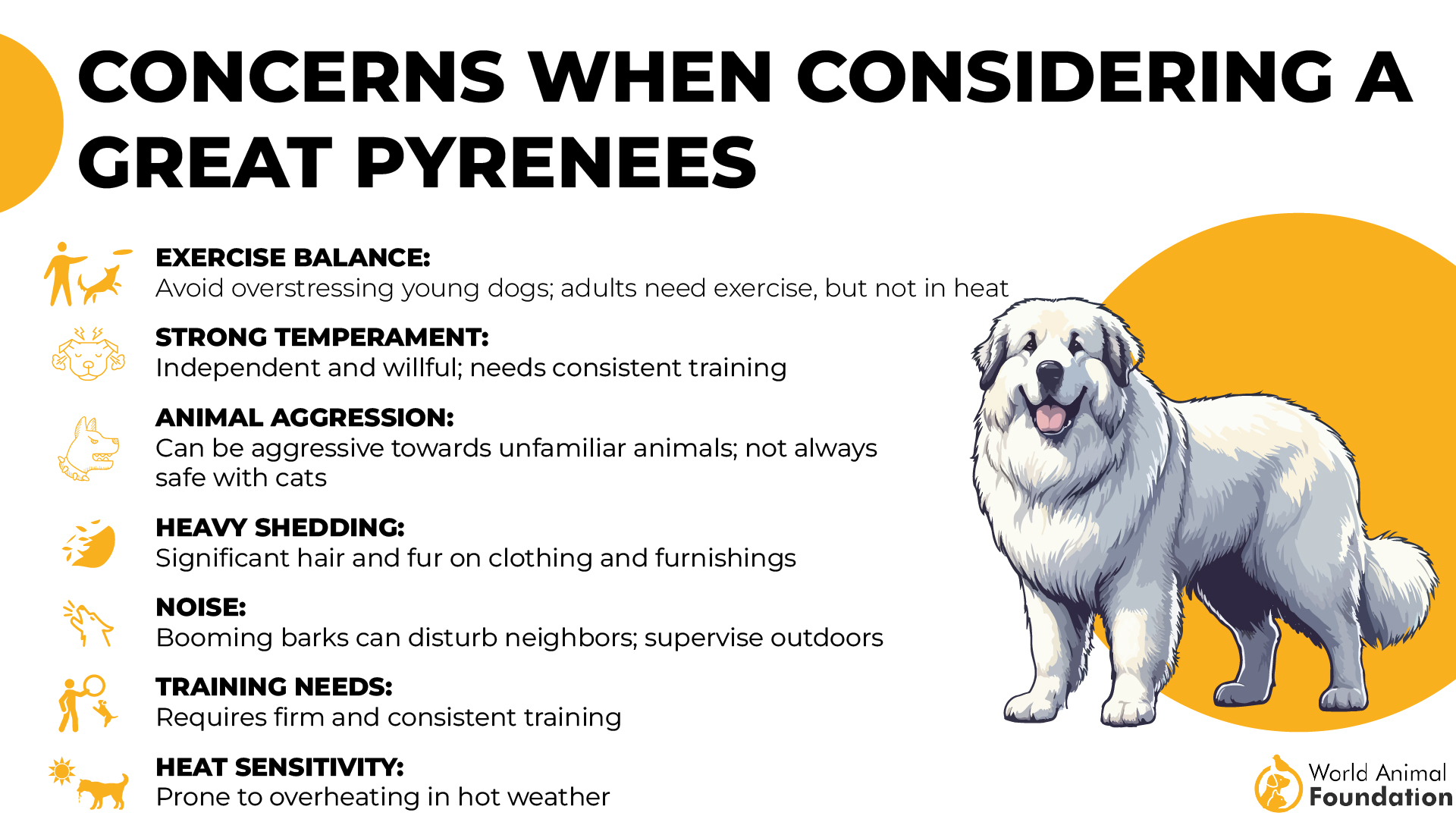
Newfoundlands are more active and require at least an hour of exercise per day. They love swimming, hiking, and retrieving, making them an excellent choice for owners who enjoy outdoor activities. Without sufficient exercise, they can become bored and destructive.
Exercise Overview:
Great Pyrenees – Requires moderate exercise; enjoys walking and patrolling.
Newfoundland – More energetic; loves swimming and active play.
Great Pyrenees vs. Newfoundland: Health
Both the Great Pyrenees and Newfoundland are generally healthy breeds, but they are prone to certain genetic conditions common to other large breeds.
Common Health Concerns in Great Pyrenees
The Great Pyrenees was bred to guard livestock in mountainous regions, meaning they have evolved to be sturdy and resilient. However, they are still prone to several hereditary health conditions:
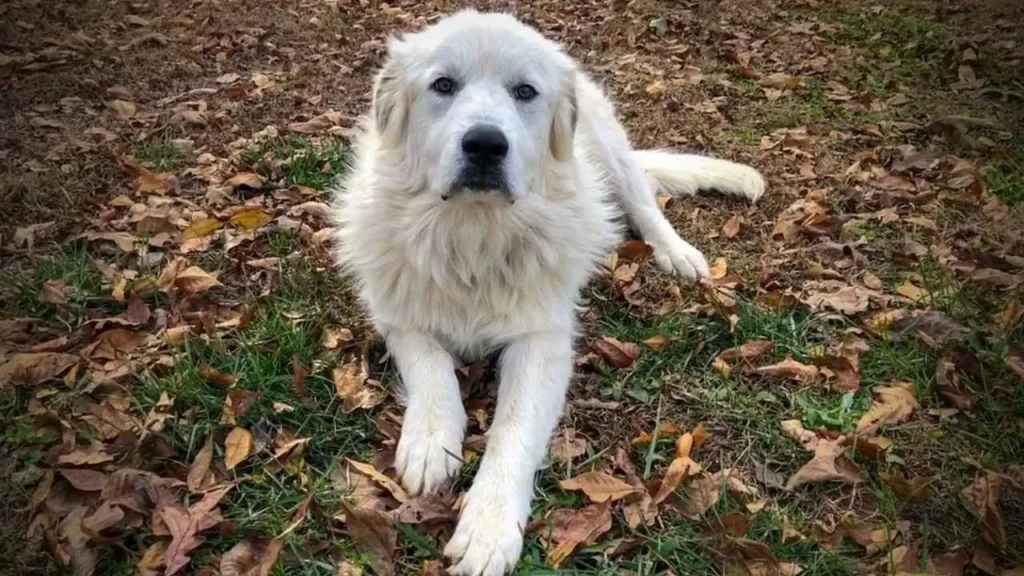
Hip and Elbow Dysplasia – This can lead to arthritis and reduced mobility as they age.
Bloat (Gastric Torsion) – a life-threatening condition where the stomach twists. It cuts off the blood supply. Feeding smaller, more frequent meals can help reduce the risk.
Luxating Patella – A condition where the kneecap moves out of place, potentially causing pain and lameness.
Arthritis and Joint Issues – Due to their large frame, they can develop joint problems, especially if they are overweight.
Common Health Concerns in Newfoundland
The Newfoundland, despite being a strong working breed, is prone to some serious genetic health issues, particularly related to heart health:
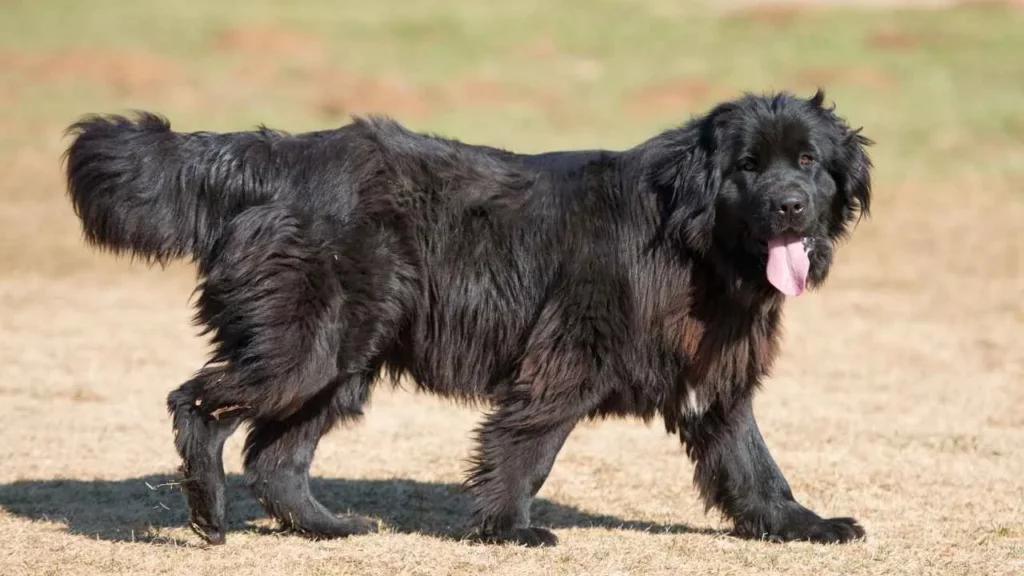
Subvalvular Aortic Stenosis (SAS) – A genetic heart condition where blood flow from the heart is obstructed, leading to possible heart failure.
Hip and Elbow Dysplasia – susceptible to joint problems that can lead to arthritis.
Cystinuria – A hereditary disorder that causes kidney and bladder stones, leading to urinary problems.
Bloat (Gastric Torsion) – Newfoundlands are at risk for this dangerous stomach condition.
Obesity – Due to their love of food, Newfoundlands can quickly gain excess weight, which exacerbates joint and heart problems.
Both breeds require regular vet checkups, joint supplements, and a healthy diet to maintain their well-being. However, Newfoundlands have more severe health concerns, especially related to heart conditions, which can shorten their lifespan. If longevity and fewer vet concerns are a priority, the Great Pyrenees might be the better choice.
Great Pyrenees vs. Newfoundland: Diet
Great Pyrenees: Moderate Eaters with a Slower Metabolism
The Great Pyrenees has moderate energy levels and a slower metabolism compared to the Newfoundland. This means they do not require as many calories per day. However, their protein intake must be high to maintain their muscle mass and joint health.
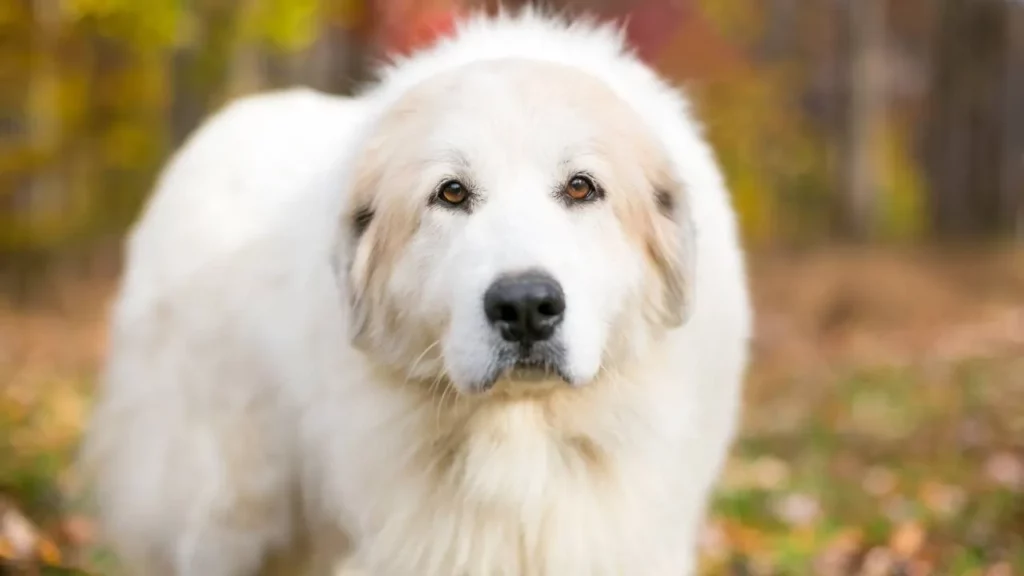
Recommended Daily Intake: 4–6 cups of high-quality dry food per day (split into two meals).
Protein Needs: 22–26% protein for muscle maintenance.
Fat Content: Moderate to support joint health but not too high to prevent weight gain.
Special Considerations: Since they are prone to bloat, avoid vigorous exercise right after eating and feed smaller portions multiple times a day.
Newfoundland: A High-Calorie Diet for an Active Lifestyle
The Newfoundland is more energetic and active, requiring a higher-calorie diet to sustain their daily activities. They need nutrient-dense food with added joint and heart health supplements.
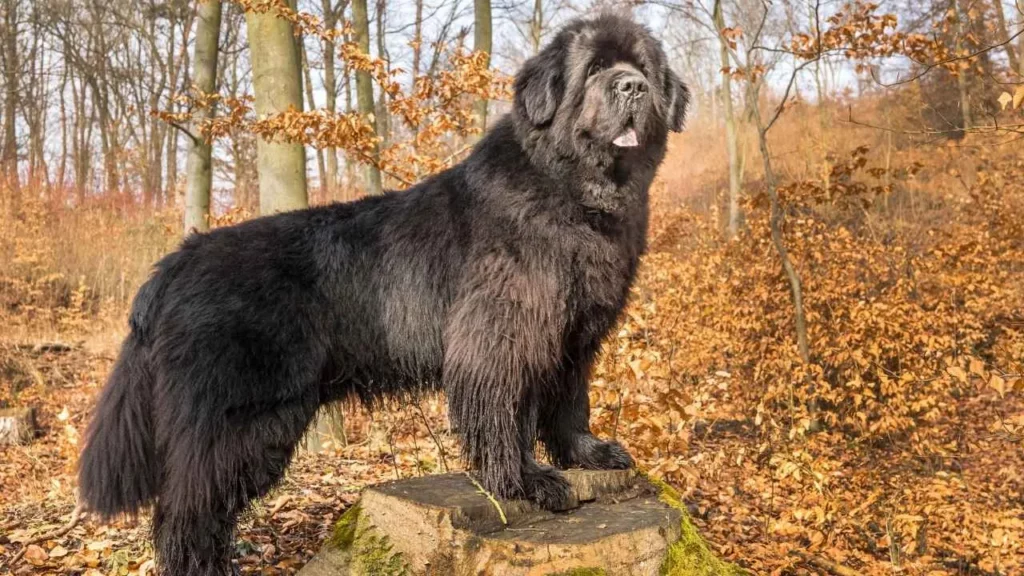
Recommended Daily Intake: 5–7 cups of high-quality dry food per day (split into two meals).
Protein Needs: 24–28% protein for energy and muscle support.
Fat Content: Higher than the Great Pyrenees to support energy levels.
Special Considerations: Prone to weight gain and heart disease, so portion control is crucial. Foods rich in glucosamine and omega-3 fatty acids can help maintain joint health.
Great Pyrenees vs. Newfoundland: Grooming
Both breeds have thick double coats that require regular maintenance, but the Newfoundland is significantly more high-maintenance due to their longer, denser fur and tendency to drool.
Great Pyrenees: Moderate Grooming Needs
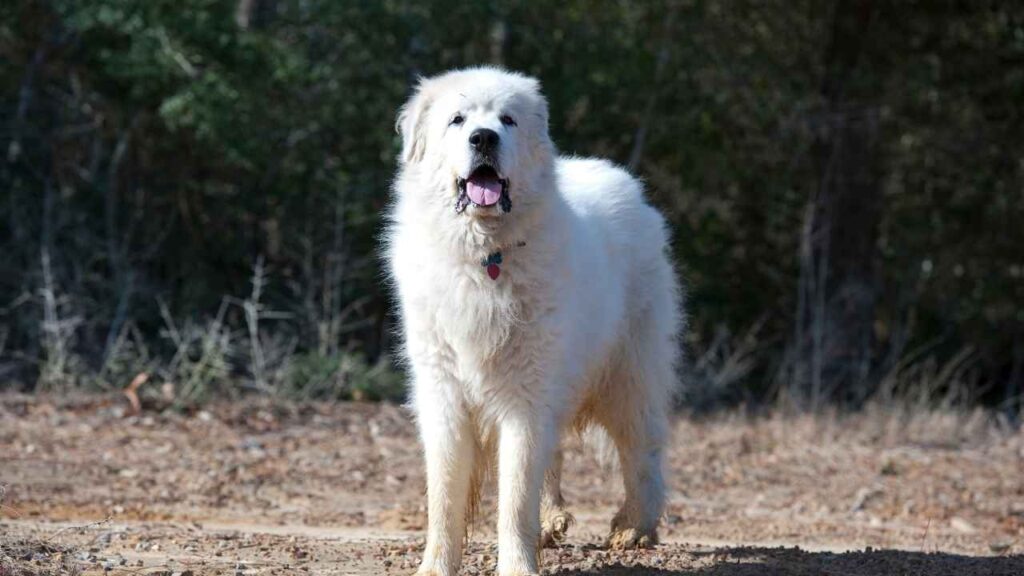
Coat Type: Thick, weather-resistant double coat.
Shedding: Heavy shedding twice a year (seasonal).
Brushing Frequency: 2–3 times a week, daily during shedding season.
Other Grooming Needs: Occasional baths, regular ear cleaning, and nail trimming.
Newfoundland: High-Maintenance Grooming
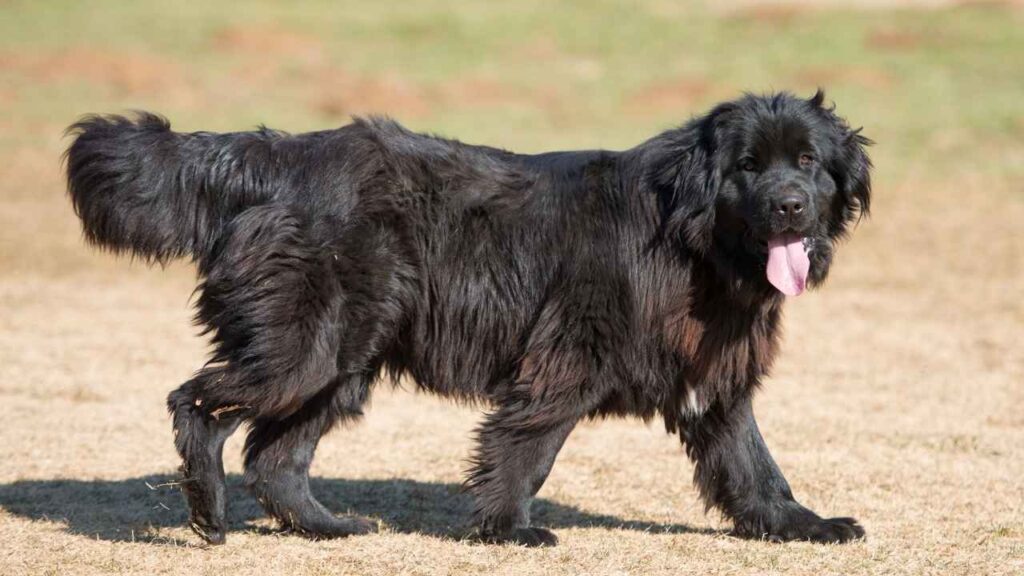
Coat Type: Thick, long, water-resistant double coat.
Shedding: Constant shedding year-round.
Brushing Frequency: At least 3–4 times per week, more during shedding season.
Other Grooming Needs:
Drooling requires daily cleaning around the mouth.
Frequent bathing to keep their coat from getting oily.
Regular ear cleaning to prevent infections.
The Newfoundland requires far more grooming maintenance than the Great Pyrenees.
Great Pyrenees vs. Newfoundland: Lifespan
A dog’s lifespan is affected by genetics, health conditions, and overall care. While both breeds are large and prone to health issues, the Great Pyrenees generally lives longer than the Newfoundland.
Average Lifespan Comparison
Great Pyrenees: 10–12 years
Newfoundland: 8–10 years
Due to their heart-related health problems, Newfoundlands often have shorter lifespans than the Great Pyrenees. While proper care, a healthy diet, and regular veterinary visits can help extend a Newfoundland’s life, they are still considered a shorter-lived breed compared to the Pyrenees.
Conclusion
The Great Pyrenees and Newfoundland are remarkable large dog breeds, but they fit different lifestyles. The Great Pyrenees, bred to guard sheep, is independent and protective, excelling as a watchdog. However, their stubbornness requires early training and patience. Newfoundland, on the other hand, is a big dog known for its affectionate nature and strong obedience training skills, making it a perfect family companion that gets along well with other dogs.
Grooming is another key difference—while the Newfoundland’s coat is naturally tangle-resistant, it sheds heavily, leading to loose hair around the home. Health-wise, both breeds face joint issues, but Newfoundlands are more prone to bone cancer and heart disease, affecting their lifespan.
If you want a protective, low-maintenance guardian, choose the Great Pyrenees. If you prefer a social, trainable companion, the Newfoundland is ideal. Either way, both dog breeds offer loyalty, love, and companionship for the right owner.


